You don’t need new software. Just tweak these five settings. They work on Windows and macOS.
Before you start
-
Plug in the charger. Performance drops on battery saver modes.
-
Close big apps. Changes apply faster.
-
Optional: create a quick backup of important files.
1) Pick Performance Power Mode
Why: Your laptop may be throttling to save battery.
Windows
-
Settings → System → Power & battery.
-
Set Power mode to Best performance.
-
Under Battery saver, turn it Off for testing.
macOS
-
System Settings → Battery.
-
Turn Low Power Mode Off (Battery and Power Adapter).
-
In Displays, turn True Tone off if it flickers performance.
2) Stop Apps from Auto-Starting
Why: Fewer background apps = more CPU and memory for you.
Windows
-
Press Ctrl+Shift+Esc → Startup apps.
-
Disable anything non-essential (messengers, updaters, toolbars).
macOS
-
System Settings → General → Login Items.
-
Select extras and click – to remove.
-
In Background Items, Turn Off unnecessary helpers.
3) Reduce Fancy Visual Effects
Why: Pretty animations can slow old GPUs.
Windows (quick way)
-
Settings → Accessibility → Visual effects.
-
Turn Transparency effects Off. Turn Animation effects Off.
-
Optional: System → About → Advanced system settings → Performance → Settings → Adjust for best performance (then re-enable Smooth edges of screen fonts).
macOS
-
System Settings → Accessibility → Display.
-
Turn on Reduce motion and Reduce transparency.
4) Free Space and Auto-Clean
Why: Low disk space makes everything sluggish.
Windows
-
Settings → System → Storage.
-
Turn on Storage Sense.
-
Click Temporary files → Remove.
-
Aim for 15–20% free space.
macOS
-
Apple menu → About This Mac → Storage → Manage.
-
Enable Optimize Storage and Empty Trash Automatically.
-
Delete old downloads and large videos you don’t need.
5) Trim Your Browser
Why: Browsers eat RAM fast.
Any browser
-
Remove heavy extensions you don’t use.
-
Close or pin unused tabs; avoid dozens at once.
-
Clear cache if it’s huge.
-
Turn on hardware acceleration (Chrome/Edge: Settings → System).
After you tweak
-
Restart the laptop. It clears leftovers from memory.
-
Test your normal tasks: a call, a spreadsheet, and a few tabs.
If it’s still slow (optional, cheap wins)
-
Add RAM (if upgradable).
-
Swap to an SSD if you’re on a hard drive.
-
Dust the vents and update drivers/OS.
Make these five changes first. In most cases, your old laptop will feel noticeably snappier—without spending a dime.


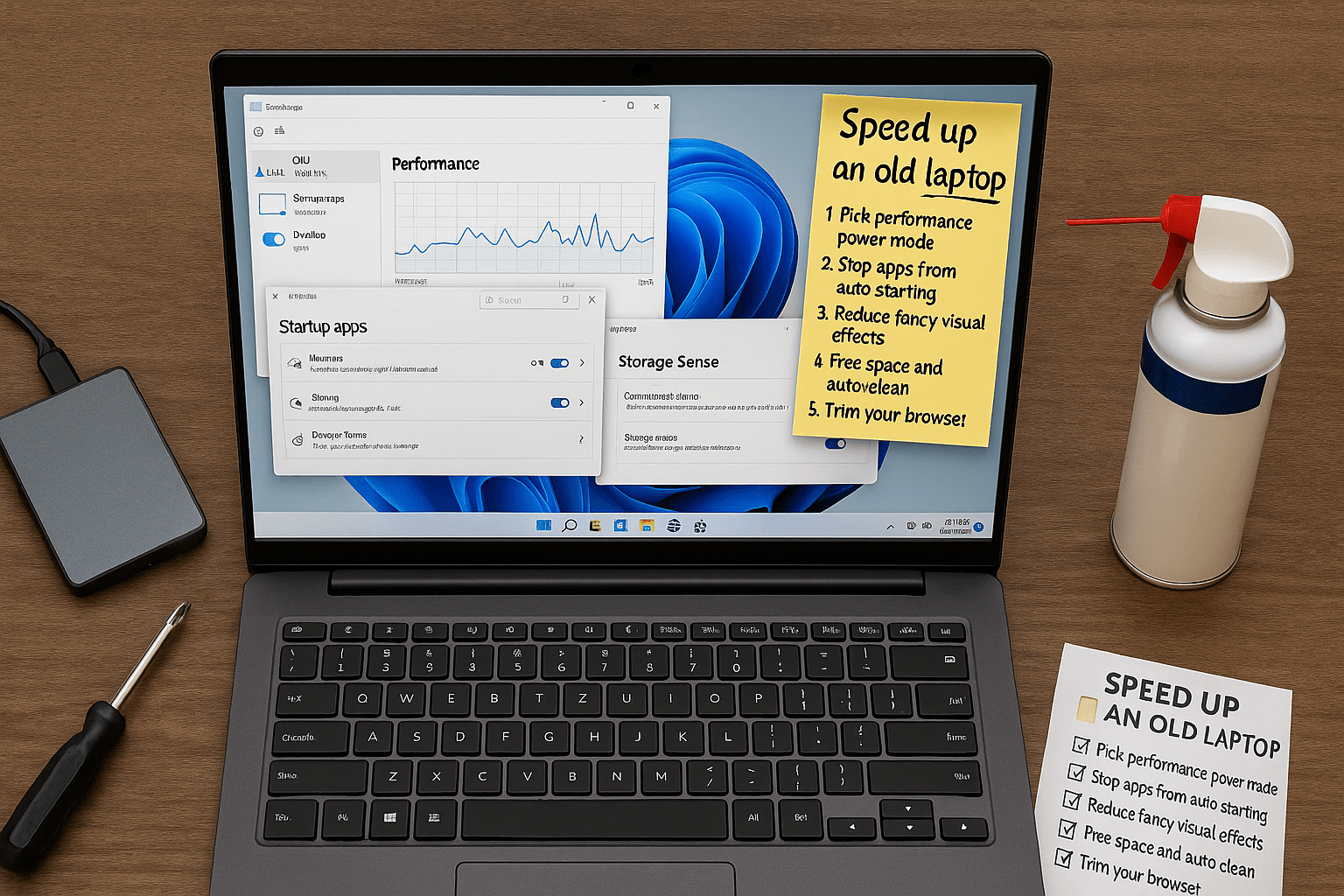
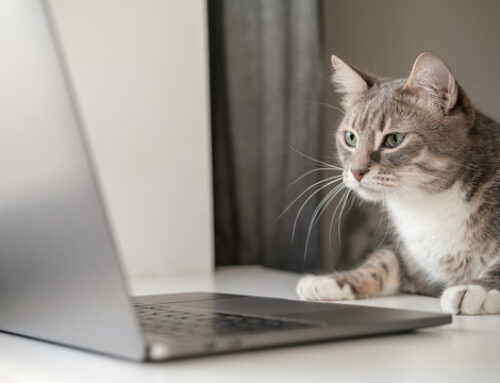
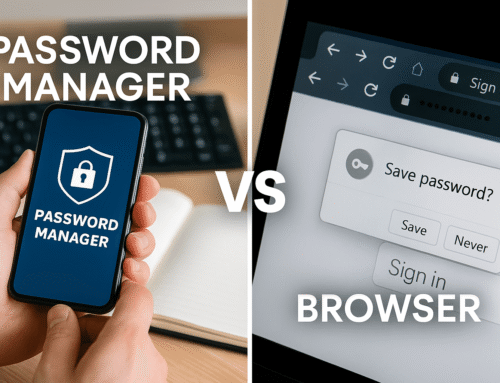
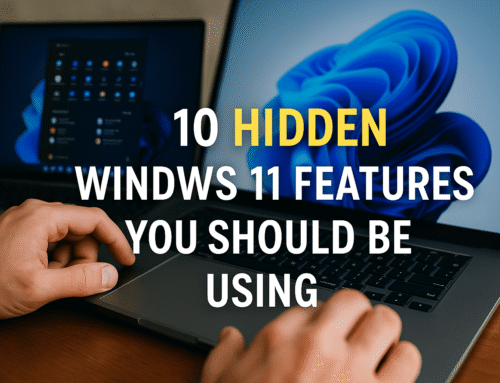
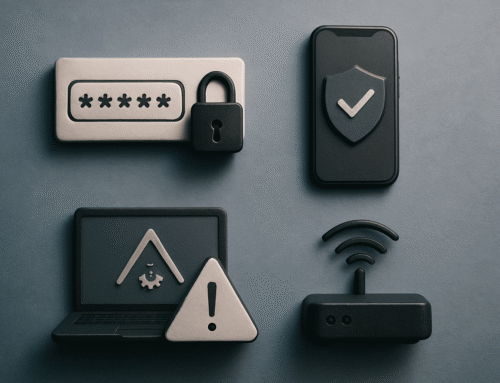
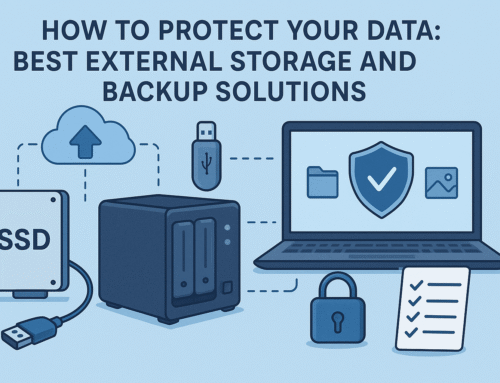
Leave A Comment
You must be logged in to post a comment.